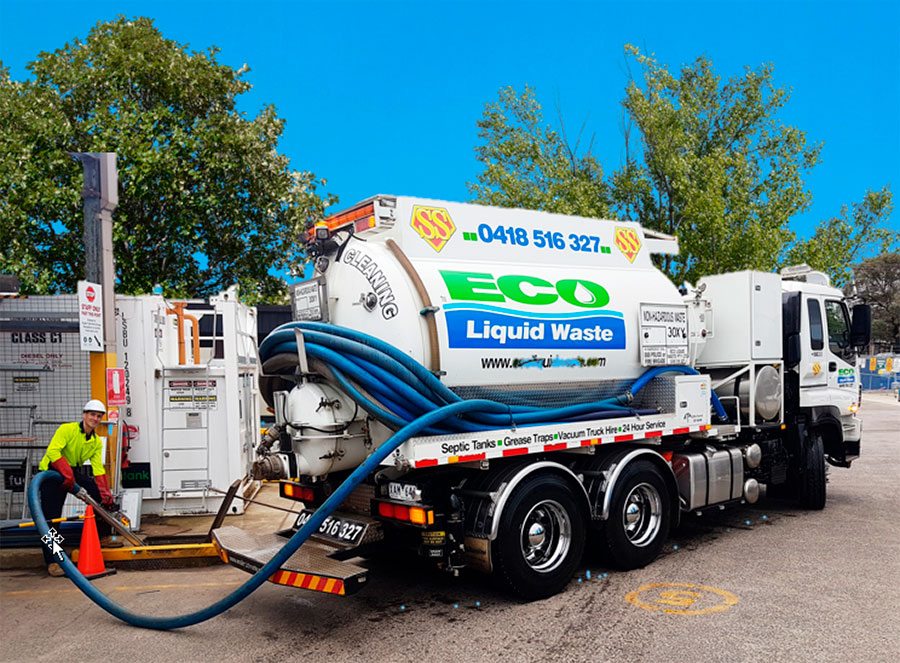The Facts About Reclaim Waste Uncovered
Table of ContentsAll About Reclaim WasteAn Unbiased View of Reclaim WasteThings about Reclaim WasteThe smart Trick of Reclaim Waste That Nobody is Talking AboutThe 9-Minute Rule for Reclaim Waste
Check out the types, events, and kinds of fluid waste. Domestic sewer waste refers to the waste and items from a household septic system. This kind of waste is produced by humans in houses, schools, and various other buildings. This only includes septic tanks that have a drainpipe field. The correct monitoring and disposal of residential sewer waste require fluid waste to be moved to a sewage therapy plant where the proper approaches and devices are related to cleanse and dispose of waste.
Business waste commonly consists of prospective hazards, such as combustible products or a mix of liquid and strong waste products, and requires a more innovative and comprehensive disposal procedure. The disposal of industrial waste typically entails the filtering of waste prior to transportation to ensure safe and appropriate disposal. Hazardous waste is created from by-products and drainage of commercial procedures and manufacturing.
This kind of waste can not utilize the exact same sewer management transportation or processes as septic or business fluids. The hazardous waste monitoring process requires the inspection and testing of liquid waste before it undergoes the disposal process (industrial wastewater treatment). Runoff waste is the fluid waste that originates from drainage and excess stormwater in very booming areas or cities
Overflow waste can trigger contamination and flooding if not taken care of properly. Guaranteeing appropriate waste administration can avoid disasters and minimize environmental harm.
The Ultimate Guide To Reclaim Waste
Call PROS Services today to learn more about our waste administration and disposal services and the proper ways to look after the liquid waste you produce.
This supposed 'wastewater' is not just a vital source yet, after treatment, will be launched to our land, waterways or the sea. Utilized water from toilets, showers, baths, kitchen area sinks, washings and commercial processes is known as wastewater.

water utilized to cool down equipment or tidy plant and tools). Stormwater, a type of wastewater, is overflow that flows from agricultural and city areas such as roof coverings, parks, gardens, roadways, paths and seamless gutters into stormwater drains, after rain. Stormwater streams neglected straight to local creeks or rivers, at some point reaching the ocean.
Rumored Buzz on Reclaim Waste
In Queensland, most wastewater is treated at sewage treatment plants. Wastewater is delivered from residential or commercial sites through a system of sewers and pump terminals, known as sewage reticulation, to a sewer therapy plant.
The Department of Natural Resources recommends city governments about handling, operating and keeping sewage systems and therapy plants. In unsewered areas, city governments might require owners to set up specific or household sewer therapy systems to treat residential wastewater from toilets, kitchens, shower rooms and laundries. The Division of Natural Resources useful content authorizes using household systems when they are confirmed to be effective.
The majority of stormwater obtains no treatment. In some new class, therapy of some stormwater to eliminate litter, sand and gravel has started making use of gross contaminant catches. Wastewater therapy happens in 4 phases: Gets rid of strong matter. Bigger solids, such as plastics and various other items wrongly released to drains, are gotten rid of when wastewater is passed with screens.
Uses small living microorganisms knows as micro-organisms to damage down and get rid of continuing to be dissolved wastes and great fragments. Micro-organisms and wastes are incorporated in the sludge.
The Facts About Reclaim Waste Revealed
Nutrient removal is not readily available at all sewer therapy plants since it requires expensive specialised equipment. Clear liquid effluent created after therapy may still include disease-causing micro-organisms - liquid waste disposal.

This generally means wastewater has to be treated or contaminants gotten rid of prior to it can be released to rivers. Many wastewater flows into the sewerage system. Under the Act, city governments administer approvals and permits for ecologically relevant activities (ERAs) entailing wastewater launches that may have a regional impact. The division administers approvals and permits to ERAs entailing wastewater launches that may have a regional or statewide influence.
The 3-Minute Rule for Reclaim Waste
Monitoring supplies accurate info about water quality and can verify that licence conditions are being satisfied. The info acquired with surveillance gives the basis for making water top quality choices.
Comments on “About Reclaim Waste”